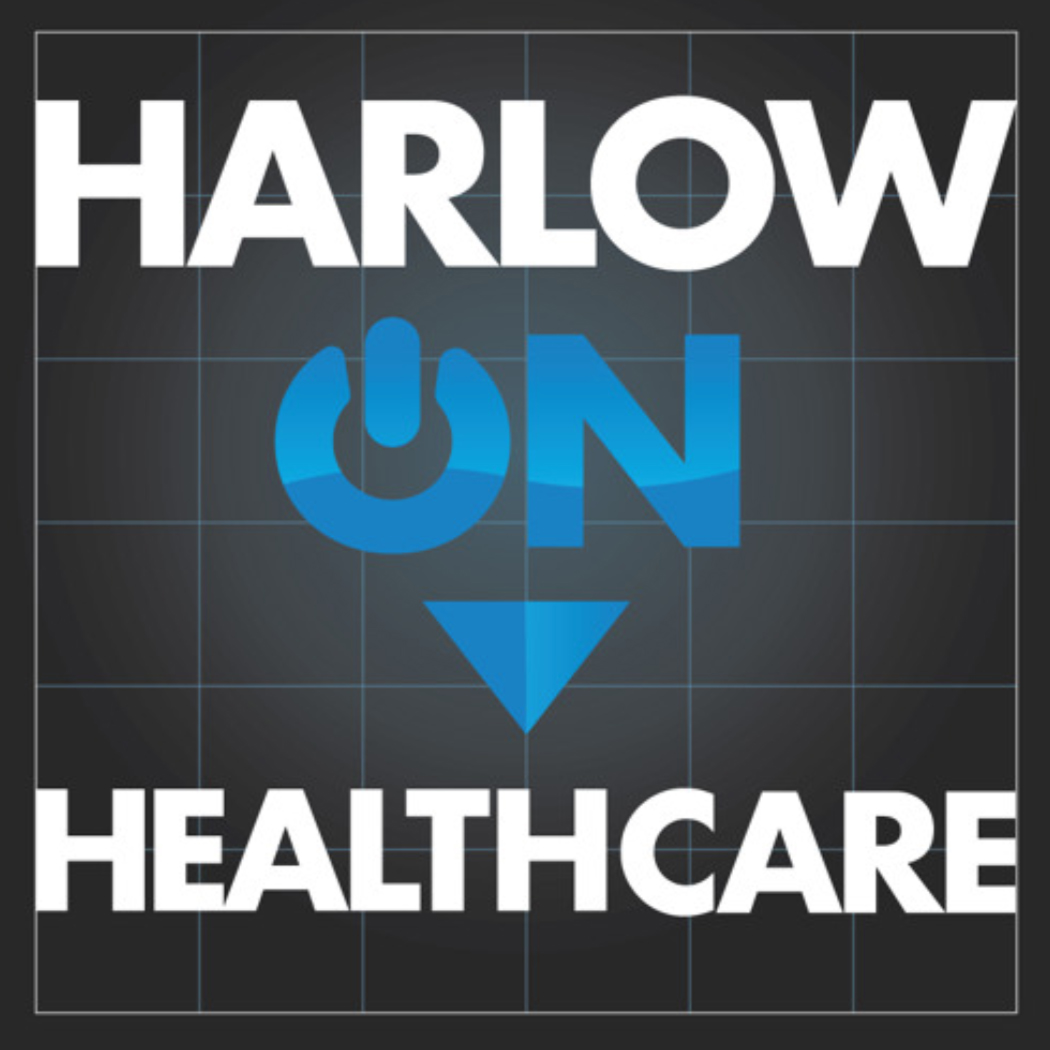CMS recently added another data set to its slowly growing collection of public use files. This one is a historical snapshot of 2013 Medicare Part D payments for prescription drugs. CMS has sliced and diced the data in a number of different ways, giving us some top ten lists. CMS states that this is the first time it has released such prescriber-level data. The data set covers the two-thirds or so of Medicare beneficiaries (36 million) who had Part D drug coverage in 2013. As usual, CMS calls for the private sector to take a look at the data and analyze it in order to help transform health care. Also as usually happens when the federales release a large data set like this, organizations representing parties with vested interests in maintaining some form of the status quo are quick to caution the public that the data may be hard to understand.
CMS has released other data sets, both as part of its ongoing effort to share Medicare Provider Payment and Utilization Data and through its health care provider compare portals and datasets (see data.medicare.gov). Some news organizations have built interfaces for some of the data, to allow for easier access (see, e.g., one year’s worth of Medicare physician payment data presented by the Wall Street Journal).
Is the data released useful?
This dataset may well prove to be more interesting than the hospital chargemaster dataset released a couple of years ago.
It is certainly interesting to note which drugs are the most commonly prescribed to Medicare beneficiaries with Part D plans, and to calculate the program costs for those drugs, but one must be cognizant of the limitations of the data: they tell us limited things about limited situations, and require further interpretation and analysis. Are the drugs effective? Are the prescriptions necessary? Are there alternative approaches to managing the conditions at issue with fewer side effects and/or at lower cost? These data do not answer those questions. With waste, fraud and abuse generally estimated at 1/3 of health care expenditures, and a 2013 Part D spend north of $100 billion, further study is most definitely needed.
As an example of the sorts of tough questions that may be posed to these data, consider the analyses conducted by ProPublica using 2012 Medicare prescription drug data that raised important questions about waste, fraud and abuse. As the ultimate payors behind Medicare, we taxpayers need to remain vigilant and need to continue to ask the hard questions. (A key question with regard to Medicare and prescription drug costs would of course be: Why don’t the federales negotiate prices? The White House recently asked Congress to revisit the piece of the ACA that bars that exercise of the government’s market power.)
Update 05/18/2015: See more recent post, N of 1 – Reflections on Extracting Knowledge from Data, for one of the key limitations of these data.
One would hope that sunshine will continue to prove to be a good disinfectant.
David Harlow The Harlow Group LLC Health Care Law and Consulting



[…] top ten and the top ten by claim count and by cost in the data set recently released by CMS about Medicare Part D prescription drug plan spending in 2013. (Abilify, Advair, Crestor, Cymbalta […]